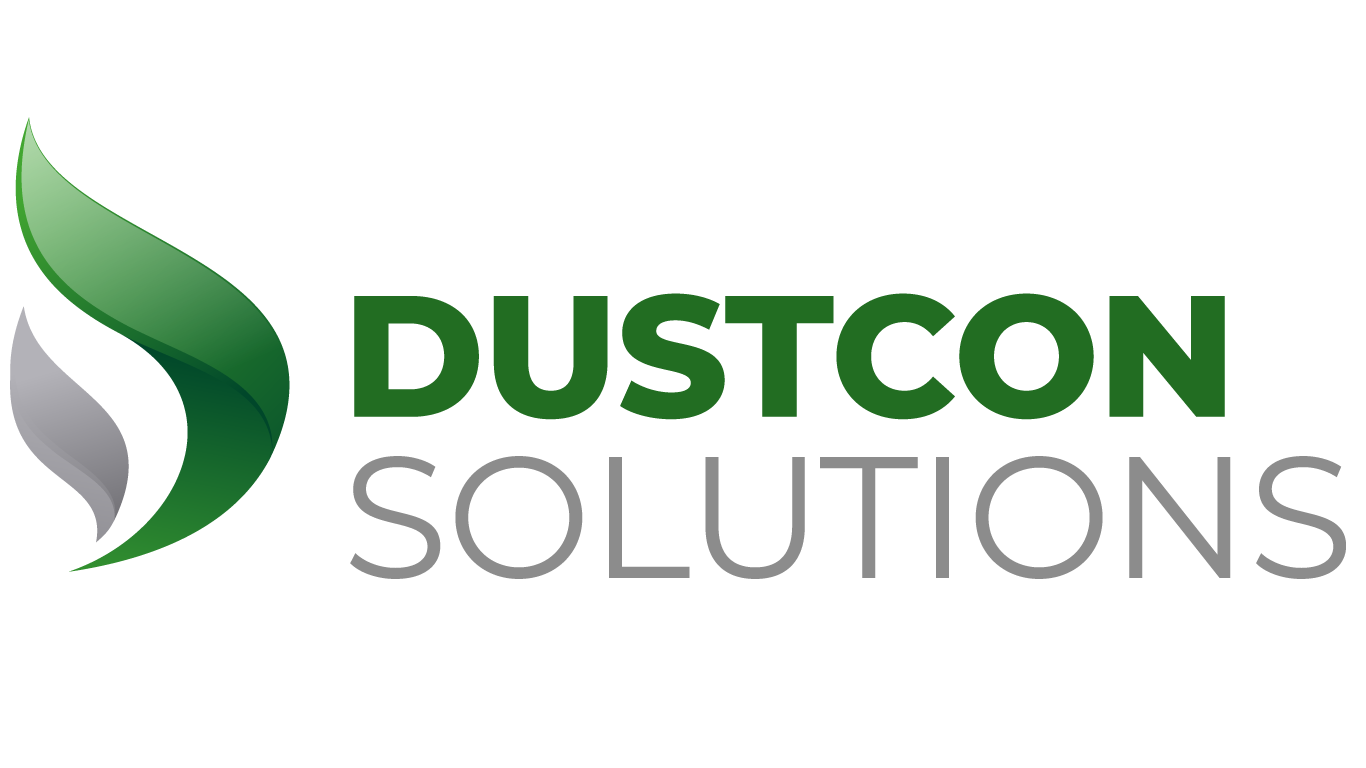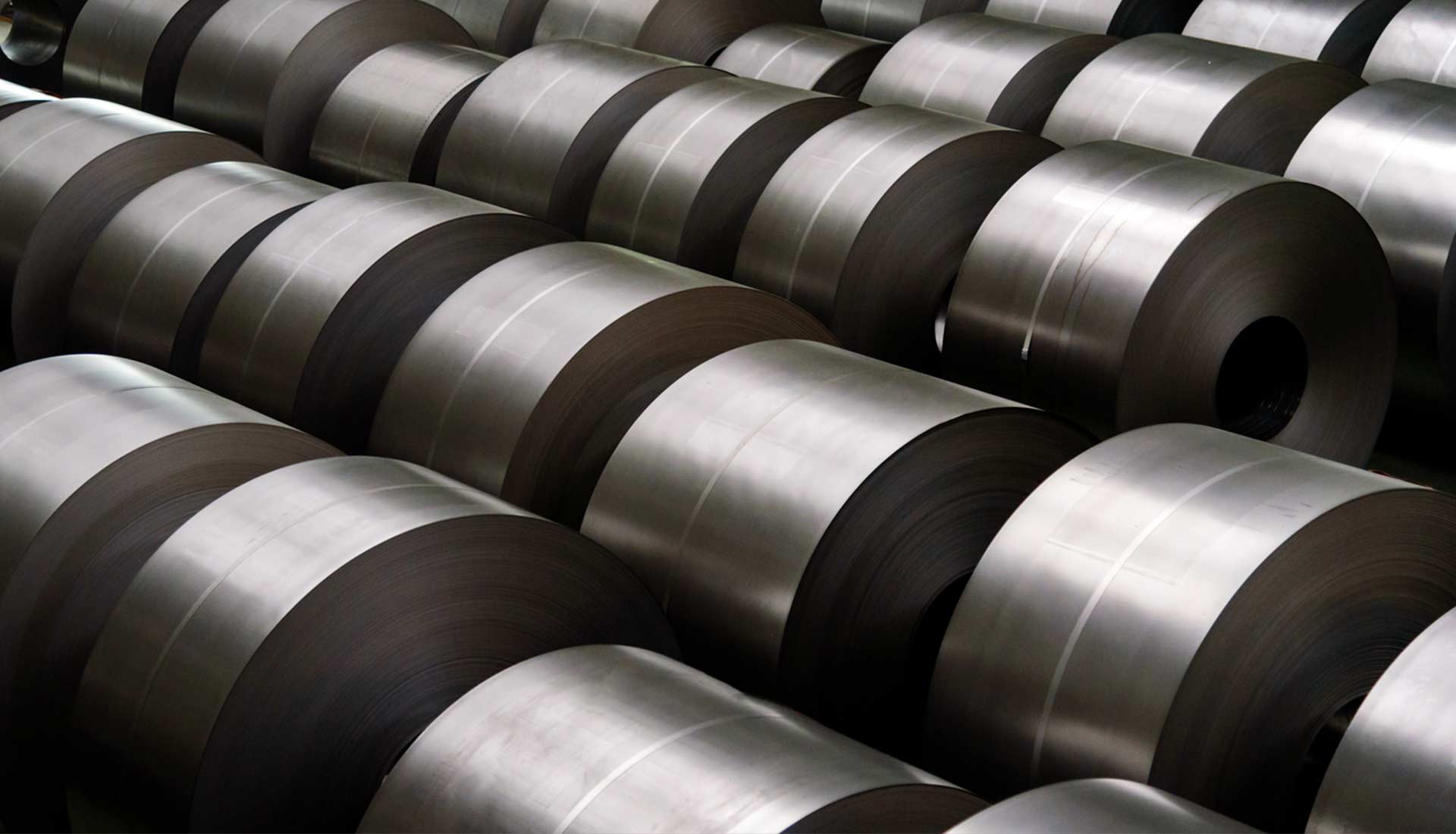

What is a Dust Hazard Analysis (DHA)?
By now, it must be quite apparent to you that a Dust Hazard Analysis is required as per NFPA 652 and the reasons behind this mandate. This blog will delve deeper into the topic and explain what it is and address various frequently asked questions on this topic.
What is a DHA?
In simple terms, in any facility where combustible material is handled or processed, a DHA is conducted, which is a methodical review of the relevant operations and processes. With this analysis, various hazards prevalent in your facility can be uncovered, including those concerning explosions, fires, and flash fires. With the DHA, locations are categorized into three areas: Deflagration, Might be a hazard, and finally, Not a hazard. The first category is also referred to as Fire or Flash-Fire hazard.
Typically, when a location is categorized as “might be a hazard” further analysis is required to determine whether a hazard actually exists. When a hazard is identified, it is mandatory to determine the operating ranges that can be classified as safe. It is also necessary to outline various hazard management solutions that are already in existence to combat this specific issue as well as various other potential hazard management solutions.
Your DHA must identify every single hazard present within your facility, particularly those that were overlooked before. For instance, in 2008, unidentified hazards caused the infamous Port Wentworth, Georgia Imperial Sugar Refinery explosion. It is believed that the required confinement for leaking dust was created by a conveyor enclosure, which was then dispersed via silo outlets. The source of ignition was claimed to be a bearing within the enclosure that was overheated. The explosion also caused multiple secondary explosions, which were attributed to abysmal housekeeping as well as fugitive dust accumulation acting as fuel. DHAs would have identified and addressed these hazards.
What is the right time to conduct a DHA?
Anytime. All new processes and facilities must also undergo a DHA, while NFPA 652 requires DHAs retroactively for facilities that already exist.
Who Conducts a DHA?
There is no obvious answer to this question. According to Section 7.2.2 of NFPA 652, it is mandatory that a qualified person guides or conducts the DHA. Further, in Annex A, this is elaborated upon in the Explanatory Material.
It is required that the expert conducting the DHA is familiar with the process, as well as the hazards associated with combustible dust. It is usually an entire team that performs a DHA. Depending on the complexity of the process, the team may range from two people to many. According to Annex A, the DHA is usually conducted by individuals who are familiar with the process and have a background in:
(1) Emergency procedures
(2) Operations and maintenance
(3) Process equipment
(4) Safety systems
(5) History of operation
(6) The properties of the material
Engineers, equipment manufacturers, owners, facility operators, or consultants may contribute to the DHA process.
Although there is no clarity in NFPA 652 as to who a ‘qualified person’ is, there are several guidelines and frameworks that help owners looking to hire a consultant or create a DHA team. In spite of the fact that you may have qualified staff within your facility who could conduct a DHA, don’t underestimate the value of having someone from outside your facility conduct one. A new perspective can help identify various overlooked hazards and an individual with expertise in conducting DHAs across industries could offer actionable insights pertaining to your operations.
DHA Compliance Deadline
Existing facilities were required by NFPA 652 to complete conducting their DHA by September 7, 2020. While the first issuance of NFPA 652 dates back to 2015 and the initial deadline was 2018, the release of the 2019 version led to the extension of the deadline. Interestingly, owners had to showcase considerable progress when it comes to conducting their DHAs every year before the actual deadline. In case you haven’t conducted your DHA yet, you are not in compliance with the standard.
In this case, we believe that it is better to perform a DHA a little late than to ignore it forever. In addition to making you compliant, conducting a DHA also demonstrates your commitment to safety to your employees and that you are diligent about minimizing workplace hazards.
Summary
A DHA is required as per NFPA 652 and involves a methodical review of your facility, if it handles or processes combustible dusts. Existing facilities had to complete performing their DHAs by September 7, 2020. Now is the time for those who have not yet begun, if you haven’t already. Don’t wait any longer, because this process can save lives.


Your Dust Hazards Analysis Requires an Update
North America witnessed multiple dust explosions across various facilities in 2015. In the aftermath


What is a Dust Hazard Analysis (DHA)?
By now, it must be quite apparent to you that a Dust Hazard Analysis is required as per NFPA 652 and


Answers to Frequent Questions on Dust Hazard Analysis (DHA)
1) What are the steps to undertake if I have not adhered to the deadline imposed in NFPA 652 pertain





